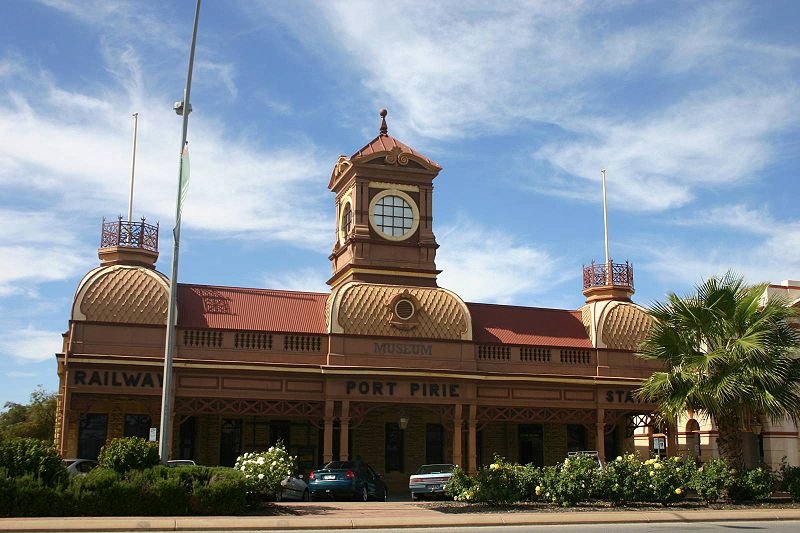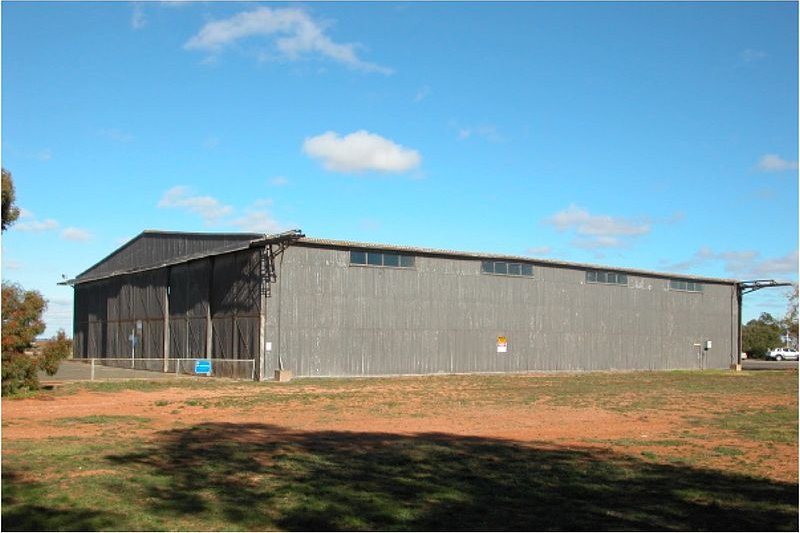 Former Port Pirie Railway Station, now a museum
Former Port Pirie Railway Station, now a museumSource: https://en.wikipedia.org/wiki/File:Port_Pirie_Railway_Station.jpg
Author: Tirin

Port Pirie is a seaport on the east coast of the Spencer Gulf, in South Australia. With a population of around 13,200 people (2012 estimate), it is the sixth biggest city in South Australia after Port Augusta. It is 224 km (139 mi) north of Adelaide, on the way to Port Augusta.
Port Pirie area was inhabited by the Nukunu indigenous tribe until the arrival of the first European, in the form of Captain Matthew Flinders in 1802. Subsequent explorers such as Edward Eyre and John Horrocks provided names of the geographic features in the area.
Port Pirie was originally called Samuel's Creek, but renamed to its present name in 1846, after John Pirie, not a person, but a boat, the vessel that transported ship from the area. Port Pirie was made the first provincial city of South Australia in 1953. Today it serves as the state's second largest port. The city has the largest lead smelter in the world, and smelting of metals continues to be the mainstay of the city's economy.
 Bellman Hanger at Port Pirie Airport
Bellman Hanger at Port Pirie AirportSource: https://commons.wikimedia.org/wiki/File:Bellman_hangar_located_at_Port_Pirie_Airport.jpg
Author: Peter Bell

Visiting Port Pirie
You can reach Port Pirie by driving north on the A1 (Princes Highway) from Adelaide. Places of Interest in Port Pirie
Places of Interest in Port Pirie
- Port Pirie National Trust Museum
This museum incorporates the 1902 Port Pirie Railway Station along with 1882 Old Customs House. - Port Pirie Regional Art Gallery
Gallery showcasing the works of local artist, not only of Port Pirie, but also across South Australia.
Back to Discover Australia
 Latest updates on Penang Travel Tips
Latest updates on Penang Travel Tips

Copyright © 2003-2025 Timothy Tye. All Rights Reserved.

 Go Back
Go Back